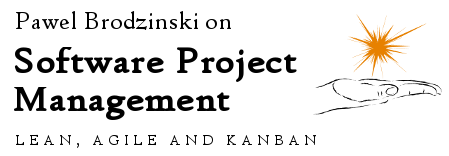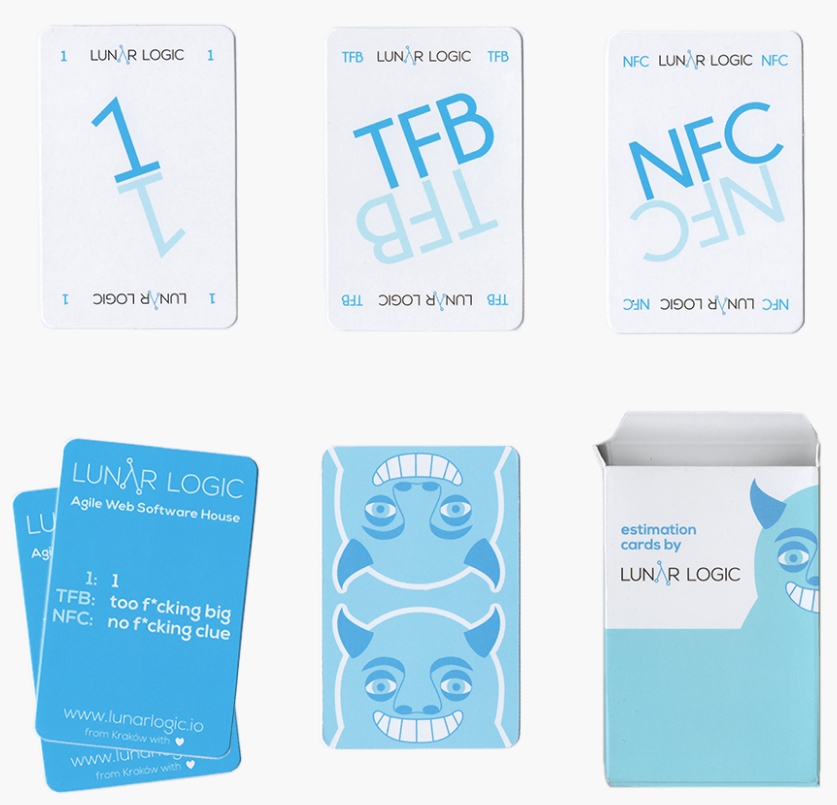By now Minimal Viable Product (MVP) is for me mostly a buzzword. While I’m a huge fan of the idea since I learned it from Lean Startup, these days I feel like one can label anything an MVP.
Given that Lunar Logic is a web software shop we often talk with startups that want to build their product. I think I can recall one or maybe two ideas that were really minimal in a way that they would validate a hypothesis and yet require least work to build. A normal case is when I can easily figure out a way of validating a hypothesis without building a half or even two thirds of an initial “MVP”.
With enough understanding of business environment it’s fairly easy to go even further than that, i.e. cut down even more features and still get the idea (in)validated.
A prevalent approach is still to build fairly feature-rich app that covers a bunch of typical scenarios that we think customers would expect. The problem is it means thinking in terms of features not in terms of customer’s problems.
Given that Lunar is around for quite a long time – it’s going to be the 11th birthday this year – we also have a good sample of data how successful these early products are. Note, I’m focusing here more on whether an early version of a product survived, rather than whether it was a good business idea in the first place.
Roughly 90% of apps we built are not online anymore. It doesn’t mean that all these business ideas weren’t successes. Some eventually evolved away from the original code base. Others ended up making their owners rich after they sold the product to e.g. Facebook. The reasons vary. Vast majority simply didn’t make the cut though.
From that perspective, the only purpose these products served was knowledge discovery. We learned more about business context. We learned more about real problems of customers and their willingness to pay for solving them. We learned that specific assumptions we’d had were completely wrong and others were right on spot.
In short, we acquired information.
In fact, we bought it, paying for building the app.
This is a perspective I’d like our potential clients to have whenever we’re discussing a new product. Of course we can build something that will cost 50 thousand bucks and only then release it and figure out what happens. Or maybe, we can figure out how to buy the same knowledge for much less.
There are two consequences of such approach.
One is that most likely there will be a much cheaper way to validate assumptions than building the app. The other is that we introduce one more intermediate step before deciding to build something.
The step is answering how much knowing a specific thing is worth for us. How much would we pay to know whether our business idea would work or not. This also boils down to: how much it will be worth if it plays out.
I can give you an example. When we were figuring out whether our no estimation cards make sense as a business idea we discussed the numbers. How much we may charge for a deck. What volumes we can think of. The end result of that discussion was that we figured that potential business outcomes don’t even justify turning the cards into a product on its own.
We simply abandoned the productization experiment as the cost of learning how much we could earn selling the cards was bigger that potential gain. Validating such a hypothesis wasn’t economically sensible.
By the way, eventually we ended up building the site and made our awesome cards available but with a very different hypothesis in mind.
In this case it wasn’t about defining what is a Minimal Viable Product. It was rather about figuring out how much potential new knowledge is worth and how much we’d need to invest to learn that knowledge. The economic equation didn’t work initially so we put any effort on hold till we pivoted the idea.
If we turned that into a simple puzzle it would be obvious. Imagine that I have 2 envelopes. There is a hundred dollar bill inside one and the other is empty. How much would you be willing to pay for information where is the money? Well, mathematically speaking no more than 50 dollars. That’s simple.
If only we could have such a discussion about every feature that we build in our products we would add much less waste to software. Same thing is true for products.
Next time someone mentions an MVP you may ask what hypothesis they’re going to validate with the MVP and how much validating that hypothesis is worth. Only then a discussion about the cost of building the actual thing will have enough context.
And yes, employing such attitude does mean that many of what people call MVPs wouldn’t be built at all. And yes, I just said that we commonly encourage our potential clients to send us much less work than they initially want. And yes, it does mean that we get less money building these products.
And no, I don’t think it affect the financial bottom line of the business. We end up being recommended for our Lean approach and taking care of best interest of our clients. It is a win-win.



 Subscribe RSS feed
Subscribe RSS feed Follow on Twitter
Follow on Twitter Subscribe by email
Subscribe by email



1 comment… add one
Love the cards! I’ve always wanted to create a Planning Poker deck for Kanban. It would just be a standard deck of poker cards. If the point of Planning Poker is to stimulate discussion, why not discuss over a nice game of poker?